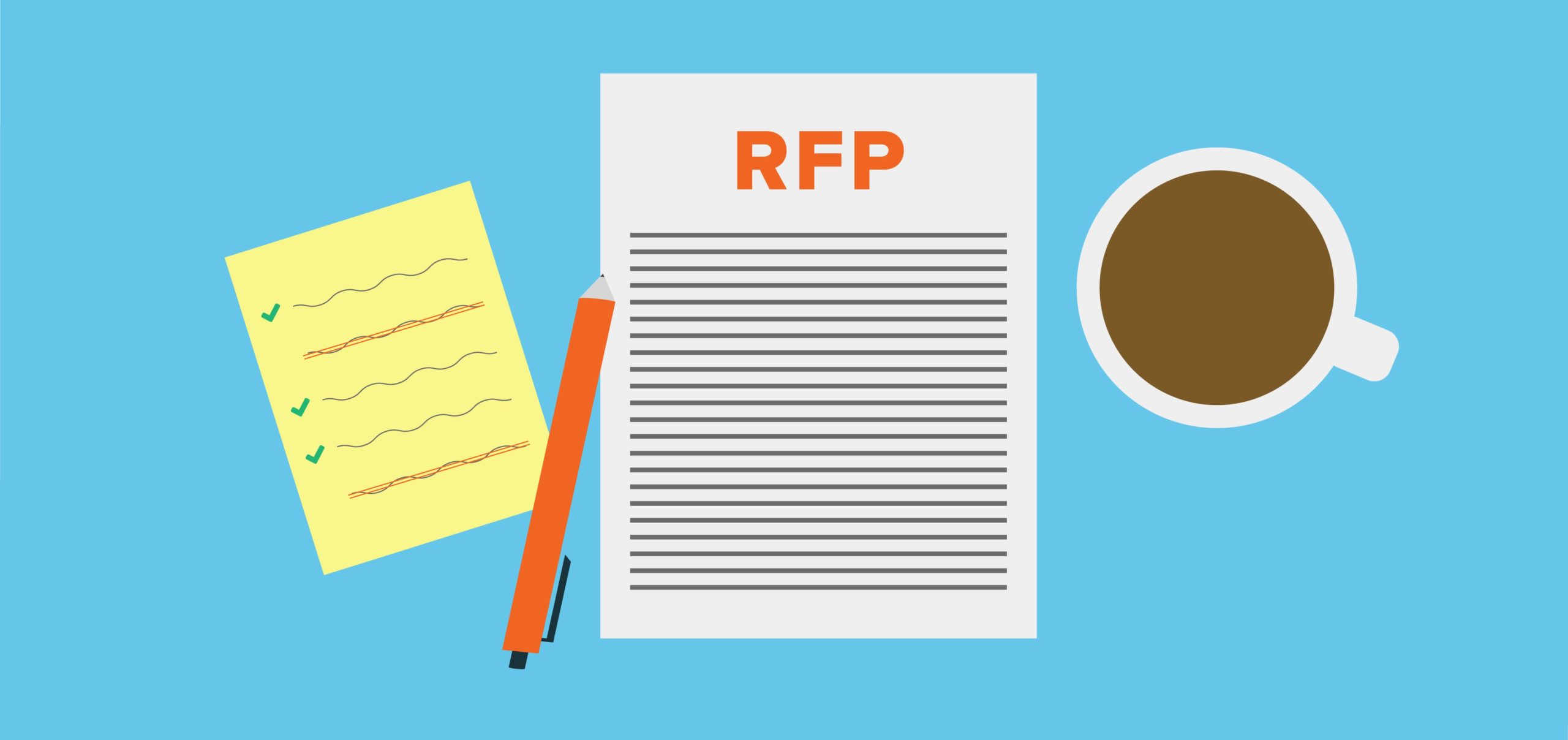The objective of a transportation request for proposal (RFP) is to lock in freight capacity for a certain period of time. A typical RFP includes requirements, evaluation criteria, timeline, and the expected cost. While RFPs can be a useful tool, they have many drawbacks, and should never be considered the only solution when looking to secure full truckload [FTL] carriers. Here are a few disadvantages of the traditional RFP process, and how innovative shippers have turned to technology and data to help supplement gaps.
Transportation RFPs Require Time & Money
Ask any transportation manager, and they’ll tell you that the traditional RFP process is time-consuming. Shippers spend a lot of time developing the RFP making sure the request is clear and concise. Then they spend more time waiting for each proposal to roll in. Once gathered, they have the painstaking task of vetting and comparing proposals to uncover the best possible carriers for their transportation needs. Carriers also spend a lot of time reviewing RFPs to ensure they understand the requirements and often have questions that require back-and-forth communications.
Transportation RFPs Reach A Small % Of Available Freight Capacity
Out of the millions of compliant, asset-based qualified carriers, RFPs only go out to a select few so the daunting process of comparing and negotiating is reasonable. Knowing shippers are cautious about how many carriers get invited upfront defeats the purpose of finding the very best options for the carrier network because not all options are invited to the table.
Transportation RFPs Don’t Follow Market Fluctuation
RFPs lock in truckload rates for a certain period of time. But because the freight market is fluid, freight rates fluctuate which means locking in rates does not always prove successful for the shipper. As freight capacity softens, and truckload rates decrease, chances are shippers overpay contracted carriers. And when freight capacity tightens, contracted carriers reject contracted loads for more lucrative business. In either scenario, the shipper loses because they are either paying too much, or they are scrambling to find a replacement carrier which means their goods have a higher chance of being delivered late [poor OTD].
Other Solutions: Freight Procurement Automation
As the old saying goes, don’t put all your eggs in one basket. The same goes for transportation teams as they source carriers to ship goods. The RFP process should not be the only solution considered. “Contracted rates can be deceiving”, said George Belle, head of sales engineering at Sleek Technologies. “Some carriers honor contracts and others don’t – especially when disruption occurs. This is why we’ve built software that dynamically connects shippers with 20 times more carriers than a shipper could easily access themselves”.
Freight procurement automation software, powered by AI, has helped supplement transportation plans where the traditional RFP has fallen flat. Automation software makes it easy for shippers to connect with 20 times more carriers in seconds, which empowers shippers to include many more carriers when looking to find the best possible options. This ultimately results in a shipper paying fair market price to deliver goods on time. And advanced freight procurement analytics provides 100% data transparency and actionable insights which help shippers understand which carriers they are over and underpaying so proper adjustments can be made to the carrier network.

